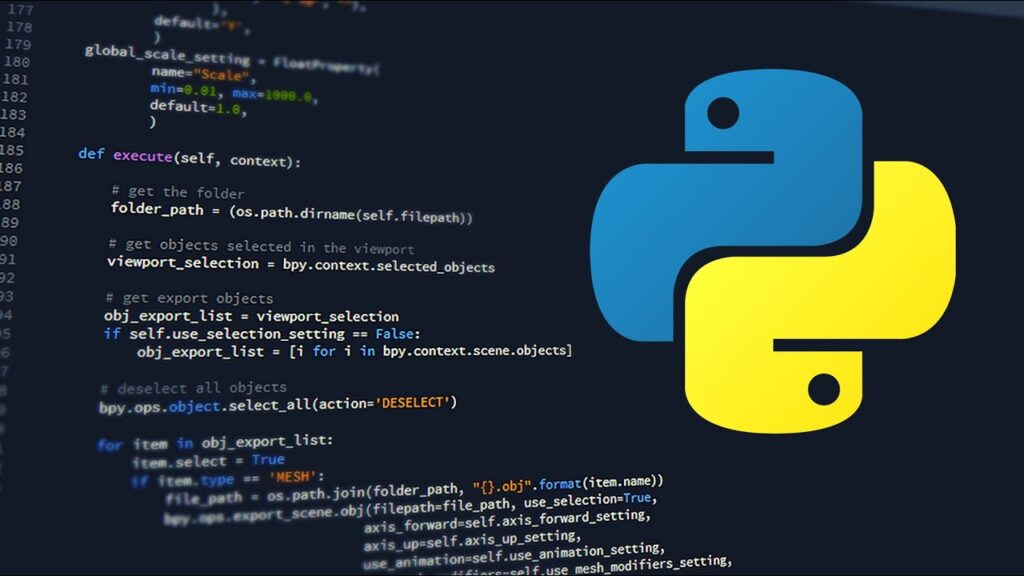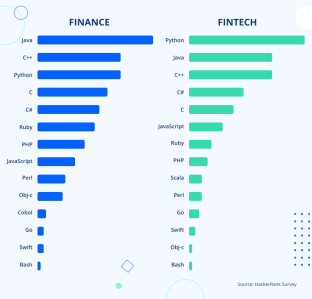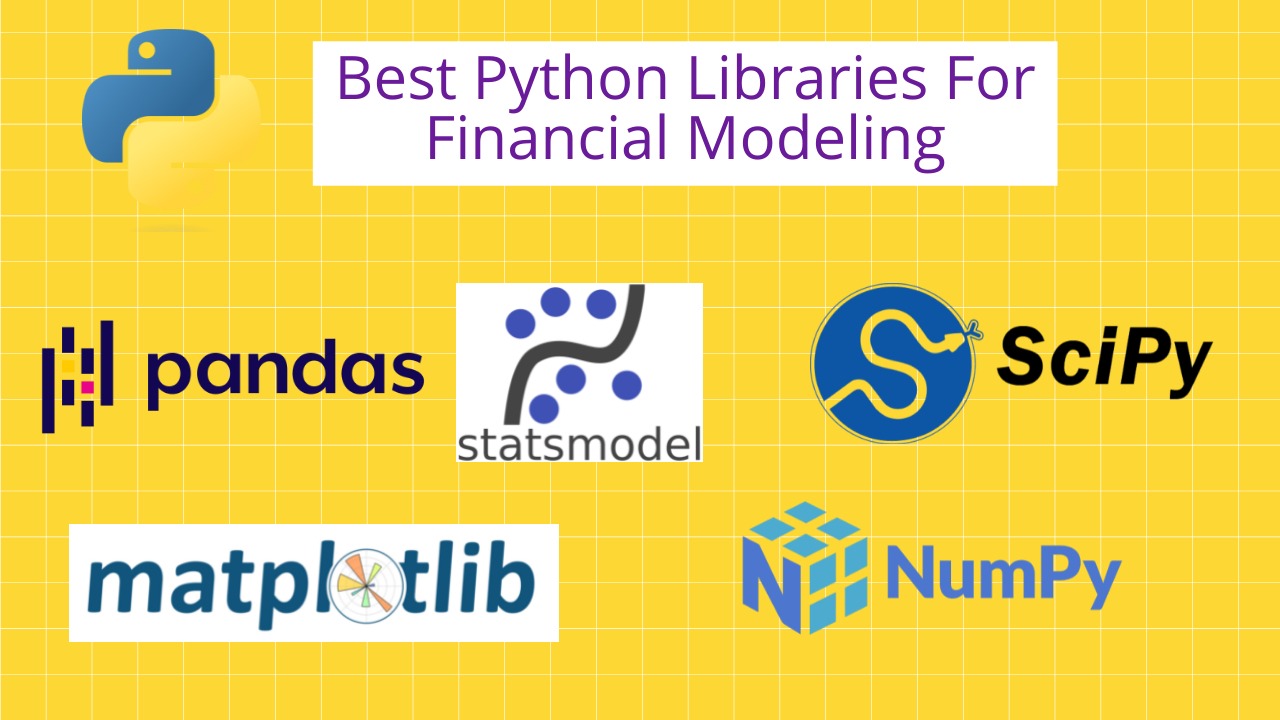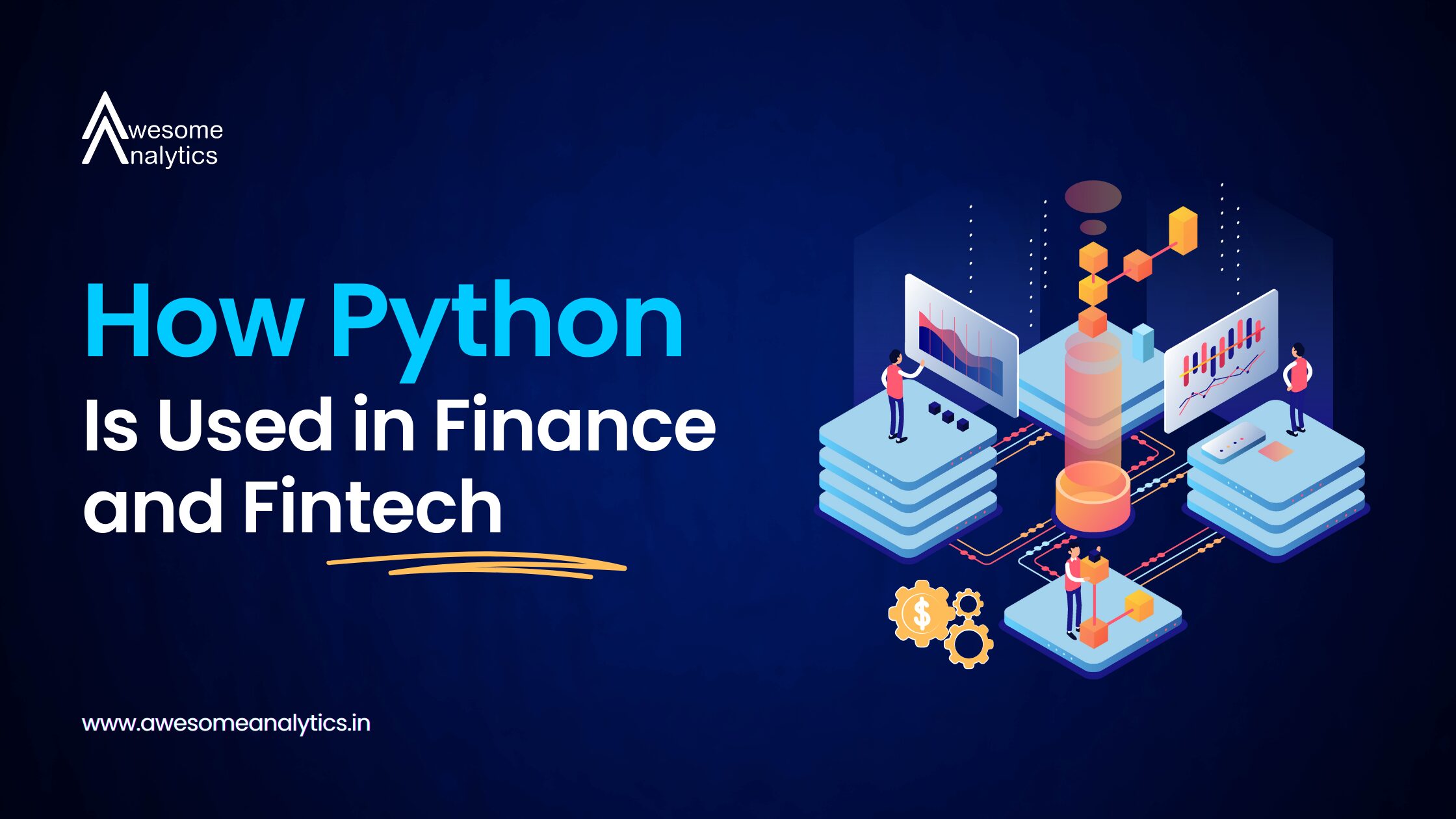
Python in Traditional Finance vs Fintech
From traditional finance applications like risk management and algorithmic trading to fintech innovations like credit scoring and fraud detection, Python is at the core of many transformative solutions. This blog explores how Python is used in finance and fintech, highlighting key libraries, real-world use cases, and its advantages over other tools.
Traditional Finance
In traditional finance, Python is widely used for tasks such as:
-Risk Analysis: Financial analysts use Python to assess portfolio risks by running simulations and performing stress tests with libraries like NumPy and SciPy.
-Algorithmic Trading: Python enables the creation of trading algorithms that execute orders at optimal times. It integrates well with APIs from trading platforms to automate buying and selling.
- Financial Forecasting: Python simplifies time-series analysis for predicting stock prices, interest rates, and market trends. Libraries like stats models and Prophet make these tasks efficient.

Fintech Applications
In fintech, Python drives innovation by:
-Credit Risk Models: Lenders use Python to evaluate borrower risk using machine learning models built with libraries like Scikit-learn.
-Fraud Detection: Python's ability to process vast datasets and implement AI models allows fintech companies to identify and flag suspicious activities.
-Payment Gateways and APIs: Python powers backend systems for seamless payment processing and API integrations in fintech platforms.

Key Libraries for Finance
Python’s versatility comes from its extensive ecosystem of libraries. Here are the most important ones for finance and fintech:
1.Pandas:
Ideal for data manipulation and analysis. Pandas helps finance professionals clean and structure datasets, such as historical stock prices or portfolio data.
import pandas as pd
data = pd.read_csv('stock_data.csv')
print(data.head())
2. NumPy:
Provides efficient numerical computations, such as performing matrix operations or calculating portfolio returns.
import numpy as np
returns = np.array([0.02, 0.01, -0.005])
mean_return = np.mean(returns)
print(f"Average Return: {mean_return}")
3. Matplotlib/Seaborn:
Used for creating visualizations like stock performance charts or risk heatmaps, which are vital for data interpretation.
import matplotlib.pyplot as plt
plt.plot([1, 2, 3], [3, 6, 9])
plt.title('Stock Performance')
plt.show()
Real-Life Use Cases
Python’s role in finance isn’t just theoretical – it’s transforming workflows across the industry. Here are some real-world examples:
1.Trading Bots: Python enables the development of trading bots that automate buying and selling decisions. These bots use APIs from trading platforms like Alpaca or Interactive Brokers, combined with technical indicators, to execute trades in real time.
2.Credit Risk Models: Python is instrumental in building credit risk models that help banks evaluate the likelihood of loan repayment. Machine learning libraries like Scikit-learn are used to classify borrowers based on risk categories.
3.Fraud Detection: Fintech companies use Python to detect fraud by analyzing transaction patterns. AI models trained on historical data can flag anomalies in real time, reducing fraud-related losses.
4.Portfolio Optimisation: Python can help optimize investment portfolios by calculating the best asset allocation to maximise returns and minimize risk, using libraries like PyPortfolioOpt.
Advantages Over Other Tools
Python stands out in finance and fintech for several reasons:
1.Simplicity and Accessibility: Python’s syntax is easy to learn, making it accessible for non-programmers like financial analysts who may not have a coding background.
2.Flexibility: Unlike specialized software like MATLAB, Python can handle diverse tasks, from data analysis to machine learning, without requiring expensive licenses.
3.Community Support: Python has a massive community, ensuring that finance professionals can find tutorials, forums, and pre-built solutions for almost any challenge.
4.Integration with Machine Learning: Python integrates seamlessly with AI/ML libraries like TensorFlow and PyTorch, allowing fintech companies to innovate rapidly in areas like risk prediction and customer segmentation.

Conclusion
Python has revolutionized the way finance professionals and fintech companies handle data, build models, and automate workflows. Its simplicity, versatility, and integration with powerful libraries make it an ideal tool for tackling complex financial challenges.
Whether you’re a financial analyst looking to optimize portfolios or a fintech developer creating the next big app, Python provides the tools and flexibility you need. Start experimenting with the libraries and use cases outlined in this guide, and unlock the full potential of Python in finance.



